If there’s one subject which will cause debate amongst preppers, it’s firearms. Everyone seems to have their own opinion about what they need to have, in order to defend themselves. Then there are those amongst us who aren’t thinking firearms at all. Whether that’s because they have a personal conviction against firearms, they live in a state where it’s difficult to own them, or they just think that ammo isn’t going to be available, their self-defense plans are built around lesser weapons. Lesser in the sense that they aren’t as effective as firearms.
I’ve got my own opinions as well, even though I try to keep them out of my writing. I don’t want to convince people to do things just because it is my opinion. What works for me, may not work for you; that’s all there is to it. My job is to inform you, so that you can make the best decision for yourself.
Nevertheless, there are those times when I feel it is necessary to give my opinion, explaining why I think like I do. This just happens to be one of those times. I’ve had this discussion with enough different preppers, at one time or another, that I think the issue needs to be addressed. What issue is that? The issue of fully-automatic firearms.
Before we get into that though, let’s make sure we’ve got our terminology correct, just in case someone isn’t sure. First of all, fully-automatic and semi-automatic aren’t the same thing. Fully-automatic means that the firearm (whether rifle or pistol) will keep loading and firing, as long as the trigger of the firearm is depressed. Semi-automatic just means that the firearm will reload and cock itself, preparing to shoot the next round. That round will not be shot until the trigger is pressed again. Holding the trigger down after a shot is fired doesn’t do anything to fire the next shot.
There’s a fake for fully-automatic firearms that needs to be mentioned as well. That’s the bump stock. This is a modification that can be made to some semi-automatic rifles, such as the AR-15. It mimics the action of a fully-automatic firearm; but is not. Rather, what it does is use the recoil of the firearm to move your finger off the trigger. Then, as long as your finger is still in the position it was in when it pulled the trigger back, it will pull the trigger again, as soon as the recoil is used. It’s not as fast as a fully-automatic rifle, but it’s fast enough to seem like it is. Oh, by the way, you don’t need a bump stock to do this; you can accomplish the same thing with a belt loop or a rubber band.
The mainstream news media messes these definitions up royally, probably by intention, calling semi-automatic firearms “assault weapons” all the time, especially AR-15 rifles, in all their variants. But that doesn’t make those guns assault weapons any more than calling me thin causes me to lose weight. There is an actual definition of an assault weapon and that is a rifle with what is known as “select fire;” meaning it can be shot in either semi-automatic or full-automatic mode. It’s an assault rifle, because it is intended for use by Army Infantry on the attack.
Why Use Full Automatic Fire?
Machine guns, or guns that fire on full-automatic, are clearly a military innovation. Armies in the field need the ability to put a lot of lead downrange at times (not all the time). If you’ve got a platoon of soldiers defending a piece of ground and are being charged by a battalion of the enemy, you’re outnumbered by at least 10 to 1. That’s a good time to be using fully-automatic fire, if you want to survive.
But there are limitations to fully-automatic fire, even in warfare. If everyone in that platoon fires their rifles on full-auto, they’re probably going to run out of ammo before they run out of enemies. Not only that, but a good two-thirds of their shots will do nothing more than drill holes in the air, above the heads of their enemies.
You see, when firing on full-auto, the recoil of the gun tends to cause the muzzle to rise, causing all those holes in the air. If one kill for one round is ideal, then the batting average of those soldiers isn’t going to be anything to impress their drill sergeants.
Nevertheless, full-automatic fire is appropriate in that situation; partially because of the large number of available targets and partially because most of those soldiers probably aren’t good enough shots to take out their attackers with one shot, especially once the adrenalin starts pumping through their system. They are taught to aim low and left, firing in three-round-bursts, so that hopefully one of those three rounds hits their target. If they don’t, at least there will be enough lead going downrange, that it might scare the enemy into deciding to retreat.
According to statistics that I saw back when I was an Army officer, during the Vietnam War, an average of 300 rounds were fired for every enemy casualty. That’s a pretty poor battering average, if you ask me. When it comes to defending my home, I can’t afford to do that poorly.
What About You?
When looking at fully-automatic for survival, we must ask ourselves how similar our situation will be to those soldiers in combat and what will be different about it. Unless our situation will be identical to theirs, we can’t just use their use of those weapons as an excuse for our own use of them. Rather, we must determine if the benefits of using such powerful weapons outweigh the risks.
To start with, what’s the chances that any of us are going to be in a situation like that platoon, where a battalion of troops are storming our homes? Pretty slim. While we might have a gang storming our home, that would be somewhere between 10 and 20 people, not several hundred. Not only that they would be untrained “troops.” The fastest way to get them to turn tail and run would be with aimed shots at their leaders. Take down the leaders and the followers will likely give up.
Now let’s look more closely at what’s wrong with us using fully-automatic weapons themselves, specifically rifles, to defend our homes?
- Cost – Ammunition is expensive. You can go through a lot of ammo, very fast, firing in full-auto. That is going to increase your training cost exponentially, as well as the amount of ammo you have to buy to put in your stockpile.
- Weight – Ammunition is heavy. That shouldn’t really be an issue while you’re bugging in, unless you live in a treehouse, it becomes a huge issue when bugging out. You can only carry so much ammunition and that’s really not all that much. If your defensive plan relies on full-automatic fire, then you’re going to be in trouble when you bug out.
- Liability – That platoon of soldiers we were talking about earlier can be pretty confident that there’s nobody in front of them but the enemy. Shots that miss the enemy might damage buildings, cars and other civilian-owned objects; but they’re not likely to hit the civilians themselves. The rounds you fire, which don’t hit enemies are likely to hit your neighbors’ homes and possibly even your neighbors, inside those homes.
Of these three, the biggest concern, from my point of view, is the third one. The last thing that any of us should want to do is start acting like we’re bandits ourselves. Starting to shoot indiscriminately at our neighbors, just because they’re in the background of the people we’re trying to shoot at, sure sounds like banditry to me. We need to be much more careful about our shots, taking care to succeed in the “one-shot one-target” philosophy I mentioned earlier.
That means a lot of practice with your guns; enough to qualify as an expert. Remember, when the shooting starts and adrenalin starts flowing through your bloodstream, your shooting ability is going to be degraded by roughly 80%. That’s why you need to be a true expert. So that when the time comes, you can still shoot fairly well.
Is There a Time for Full-Auto?
Someone is bound to ask this question; so, let me answer it. Is there any time when you or I would need to use full-auto fire, in a post-disaster scenario? Theoretically, I suppose that’s possible, if all out warfare started. Mexico could attack us… or more likely, criminal gangs could grow, with warlords battling for control. Should that happen, things might get pretty bad. But in that situation, I’d still advise caution. They are the criminals and we can’t afford to become them, just to fight them.
The best protection for any of us in such a time is to band together with our friends and neighbors, forming local militia organizations. Should such an attack occur, we could then face those enemies in organized resistance; rather than trying to do it alone. Fighting like that, we shouldn’t need machine guns, mortars and other full weapons of war. Aimed fire, by people who know what they’re doing, should be enough to protect our homes and our communities.
By the way, I didn’t like shooting on full-auto when I was in the Army either, thinking it a waste of ammunition.

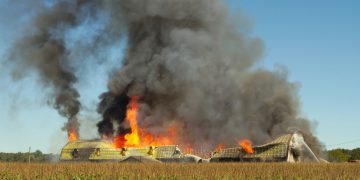






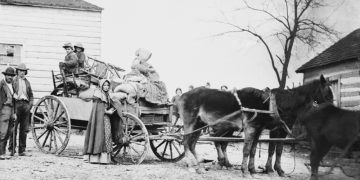

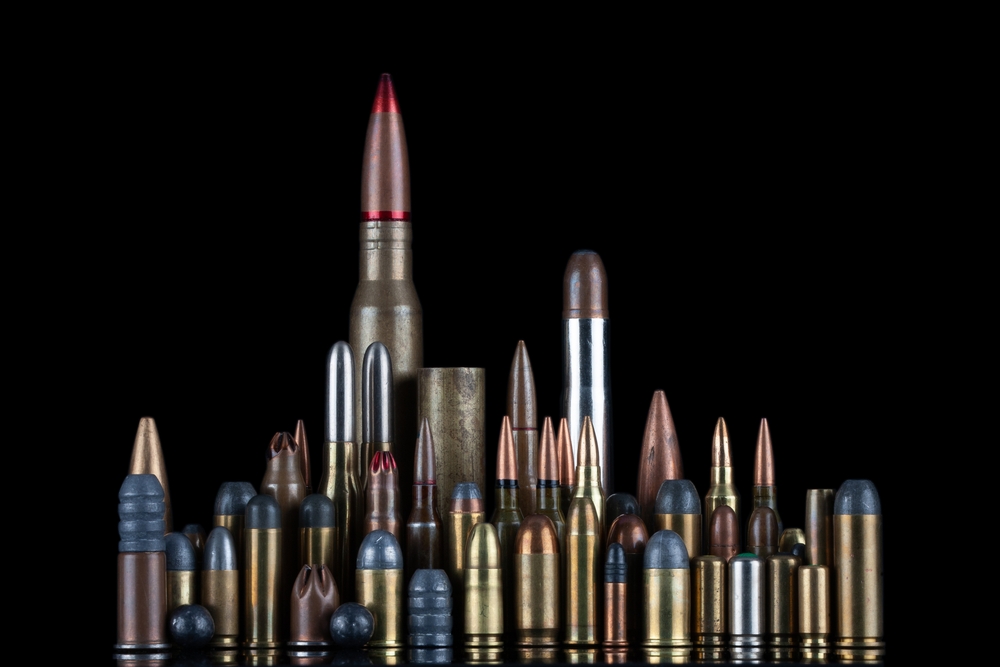
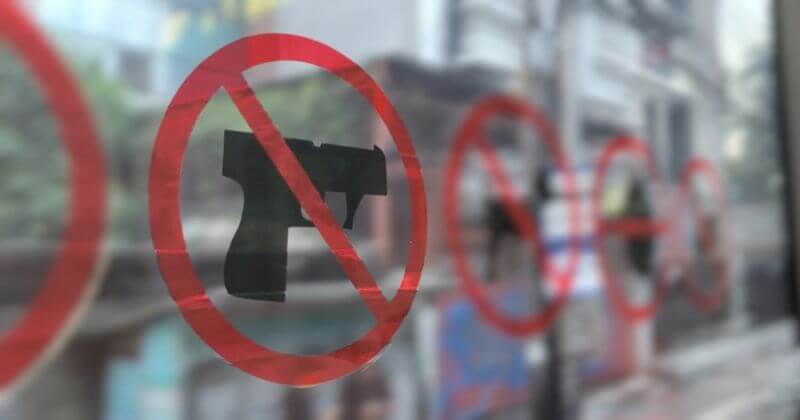

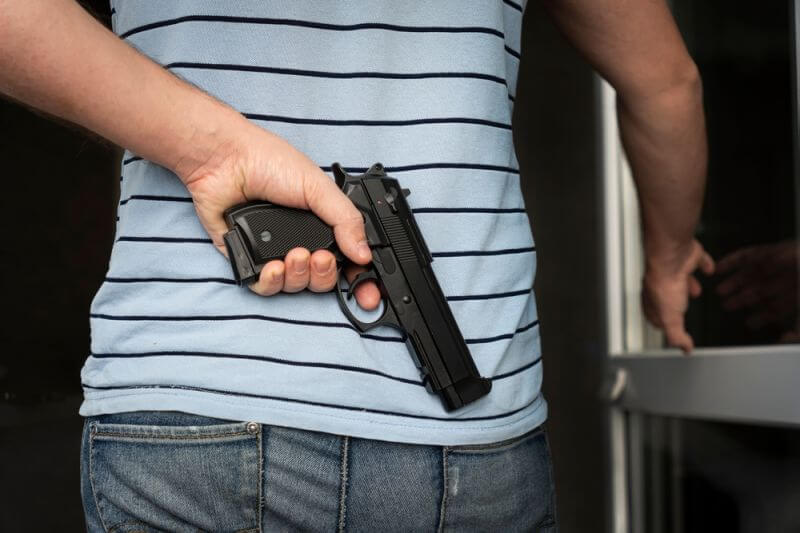
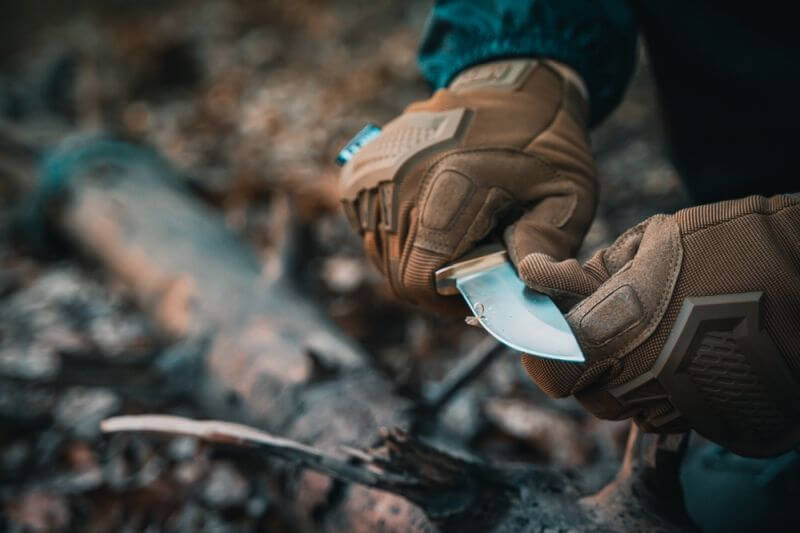
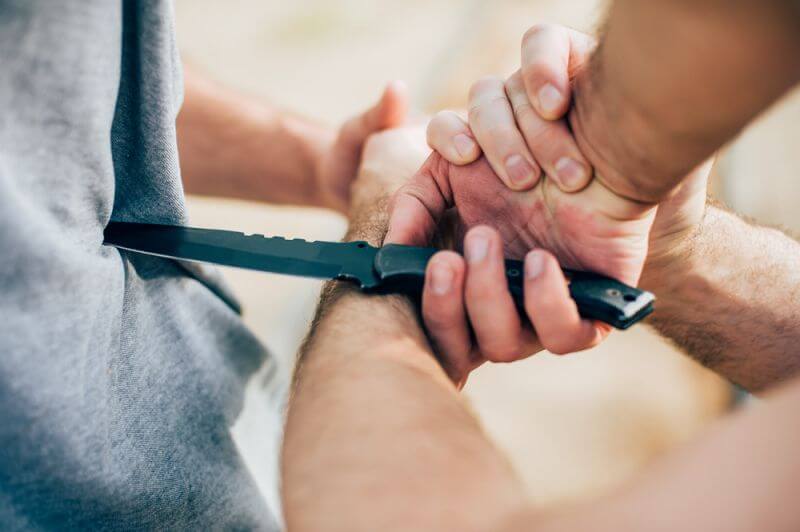
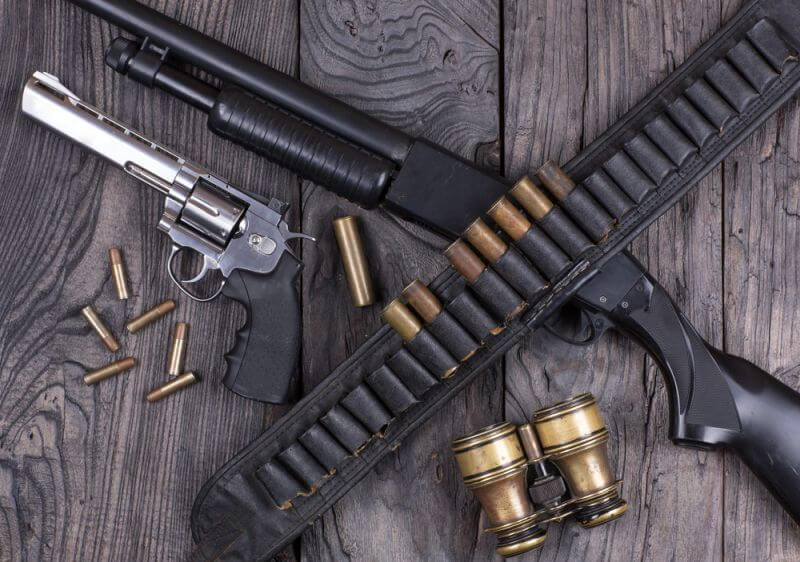
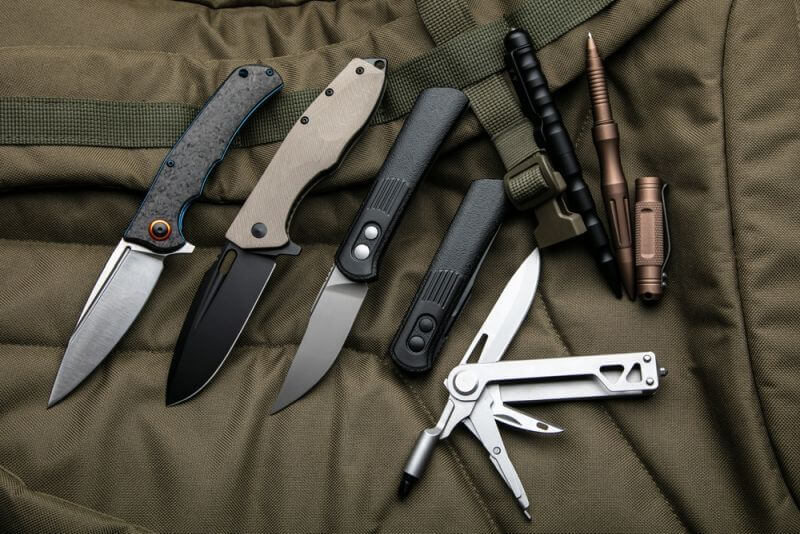
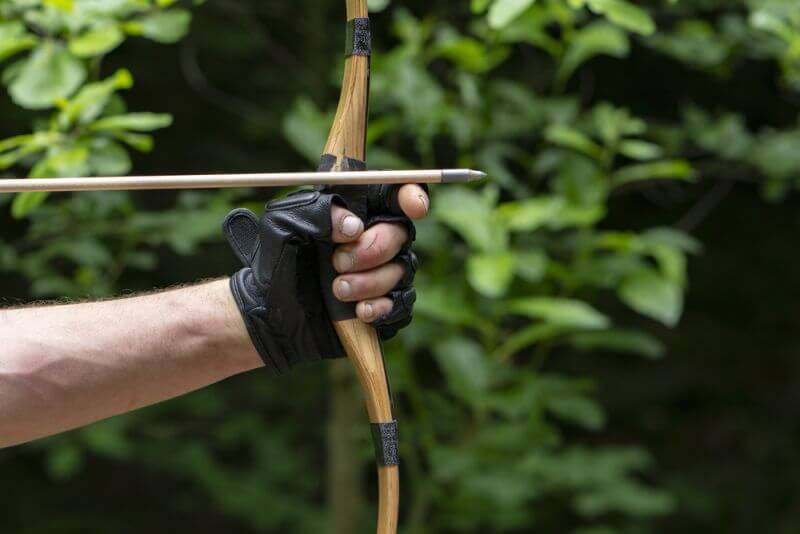












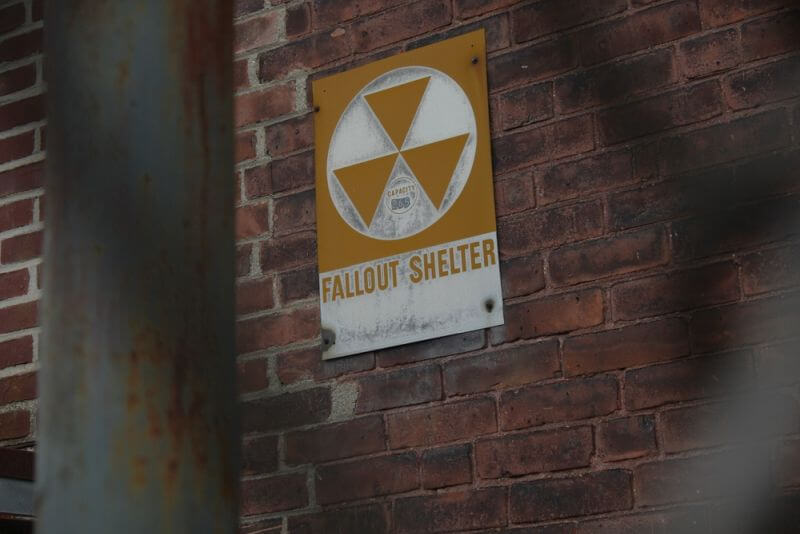


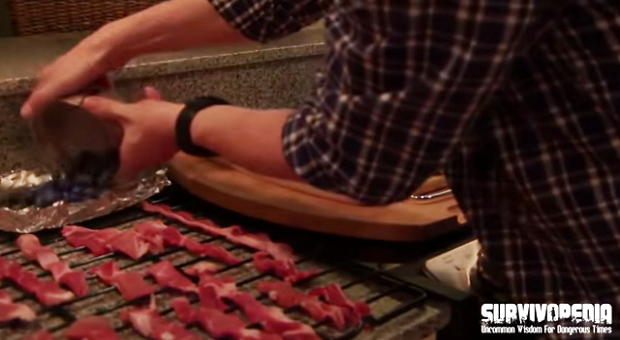




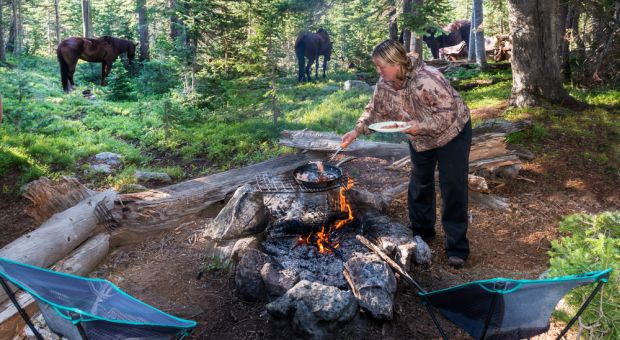
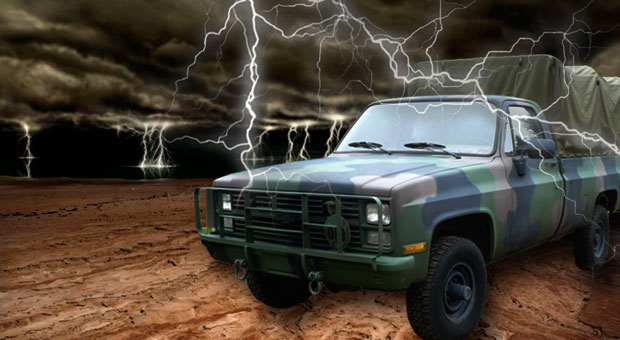



















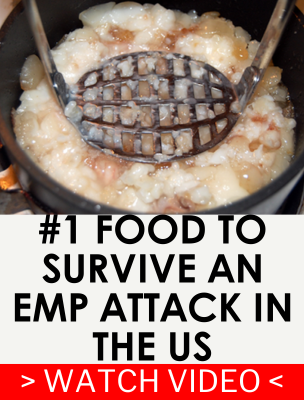
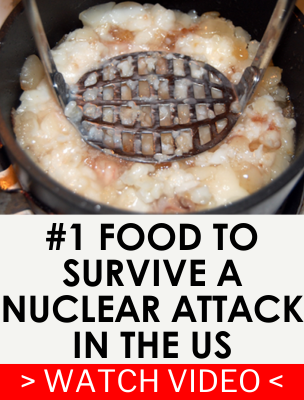






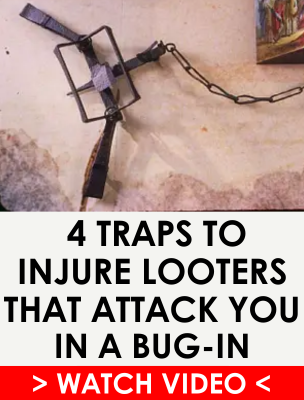
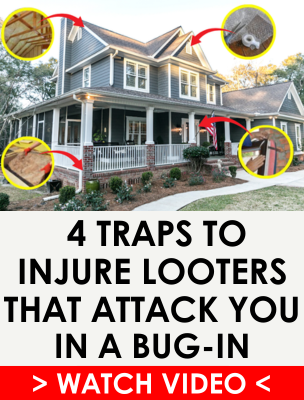






I agree that full auto fire is not the go to option in most engagements. I do take you to task about the “300 rounds per enemy casualty” This did not take into account “suppressor fire” that was used to keep the bad guys from shooting while troops move to take out the bad guys. That being said, the amount of ammo used was way to much. As to prepper use of full auto weapons, with just myself and my wife at our BOL, while it is very far off the “beaten path”. there my be a time when we would need full auto weapons. If you have a MAG (Mutual Assistance Group), then full auto weapons should not be necessary. If you are bugging out on foot, weight is a big factor. I would suggest having pistol and long gun that uses the same ammo, like 9mm, .40 auto, .45 auto or .38/357. That way you only have to carry 1 cal. of ammo. If that was my plan, I would go with the .38/357. You can use 2 different calibers in both hand gun and long gun. Both my wife and I have revolvers and rifles chambered for .357. My wife carries her .357 revolver as part of her EDC, and yes, she carries full power .357’s everyday. We have a range on our everyday living property so we shoot for about 2 hours every week at the very least. Do not think that a once a month trip to a range will keep your shooting skills sharp. Shoot at least 50 rounds a week. This can be costly, but what is the cost you put on your life? These are MY opinions and my not be for everyone. Each person has their own problems that are not like other peoples. But, when it comes to firearms, if you don’t shoot a lot, when you have to shoot to save your life, you may be between a rock and a hard place. IMO
I’ve never been a big fan of fully auto firearms, although, I have used them when they had an immediate purpose.
For a ‘prepper type’ of situation, a firearm in full-auto is, as the author stated, just going to burn-up your ammo. Now, if you’ve got several thousand rounds you can spare and waste, it’s up to you.
Most people will adopt a ‘spray and pray’ attitude when they fire a full-auto in defense or even offense. I don’t like ‘bump stocks’ for the same reason…you’ll burn-up your ammo and probably have very little to show for it.
Deliberate, accurate, well-aimed fire is far better.
Good marksmanship is a very perishable skill, too, so hit the range as often as convenient and practical for you. I doubt once a month is adequate. You should probably re-zero your weapon a minimum of once or twice a year, especially if you use optics on your weapon. This for ‘just in case’ and it also keeps you familiar with what needs to be done to zero your weapon properly.